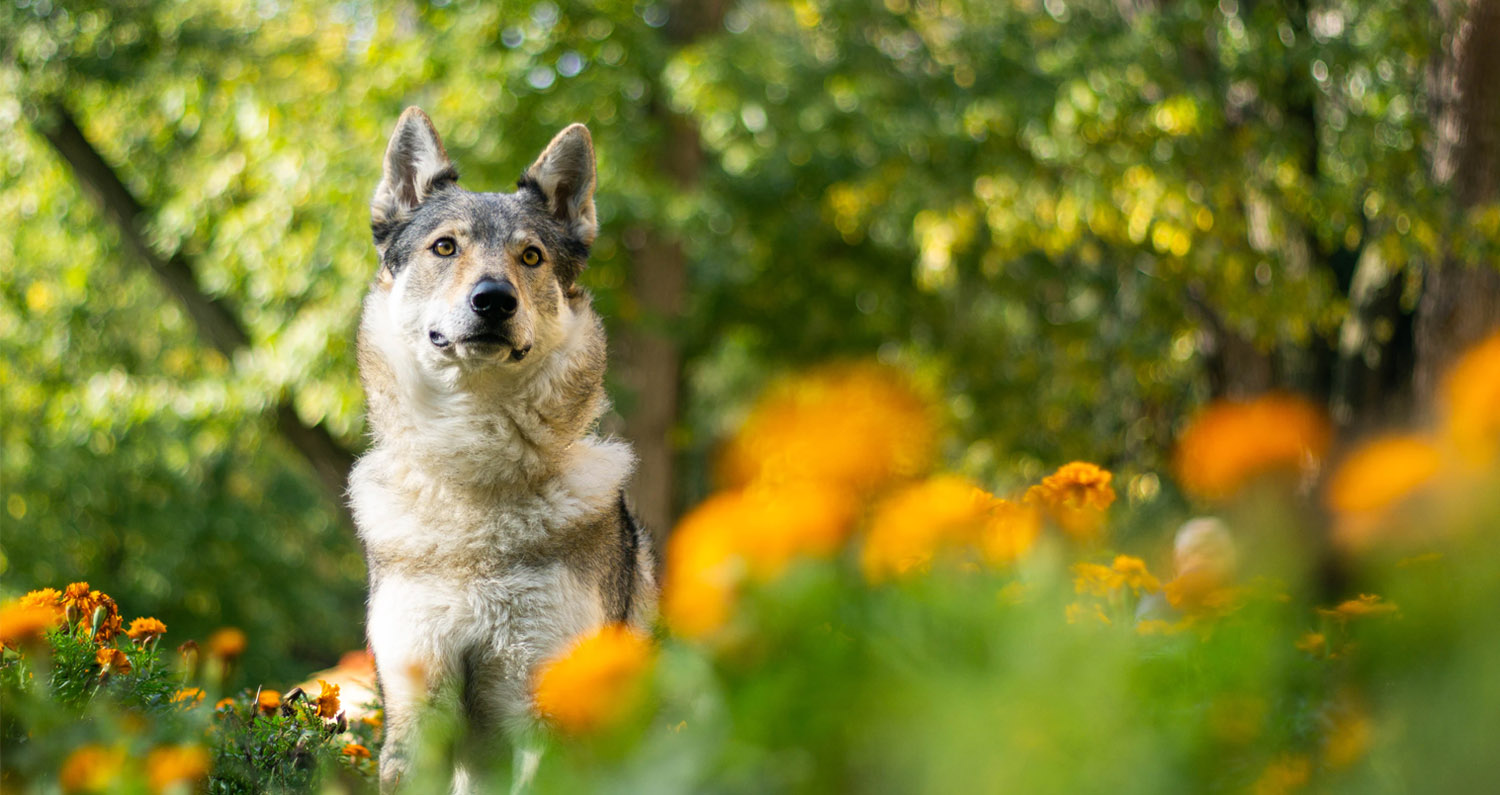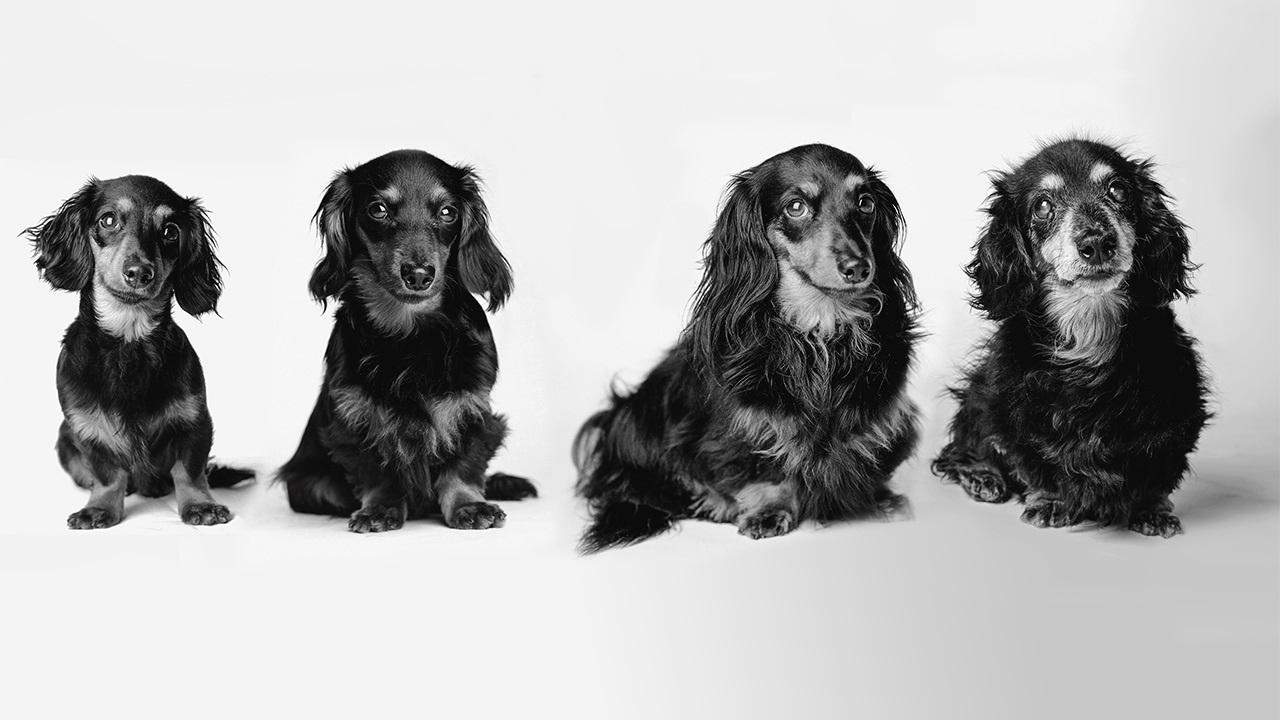You’ve likely noticed some of the changes… your senior isn’t sleeping at night and has taken to panting and pacing instead. Or it’s more subtle, like going to the hinge side of the door when it’s time to go out.
These behaviors can’t be dismissed as senior moments. Instead, they’re a call to action. The earlier you see the signs, symptoms and know the steps you need to take to support your dog, the better you can protect their brains and slow the cognitive decline.
On The Agenda
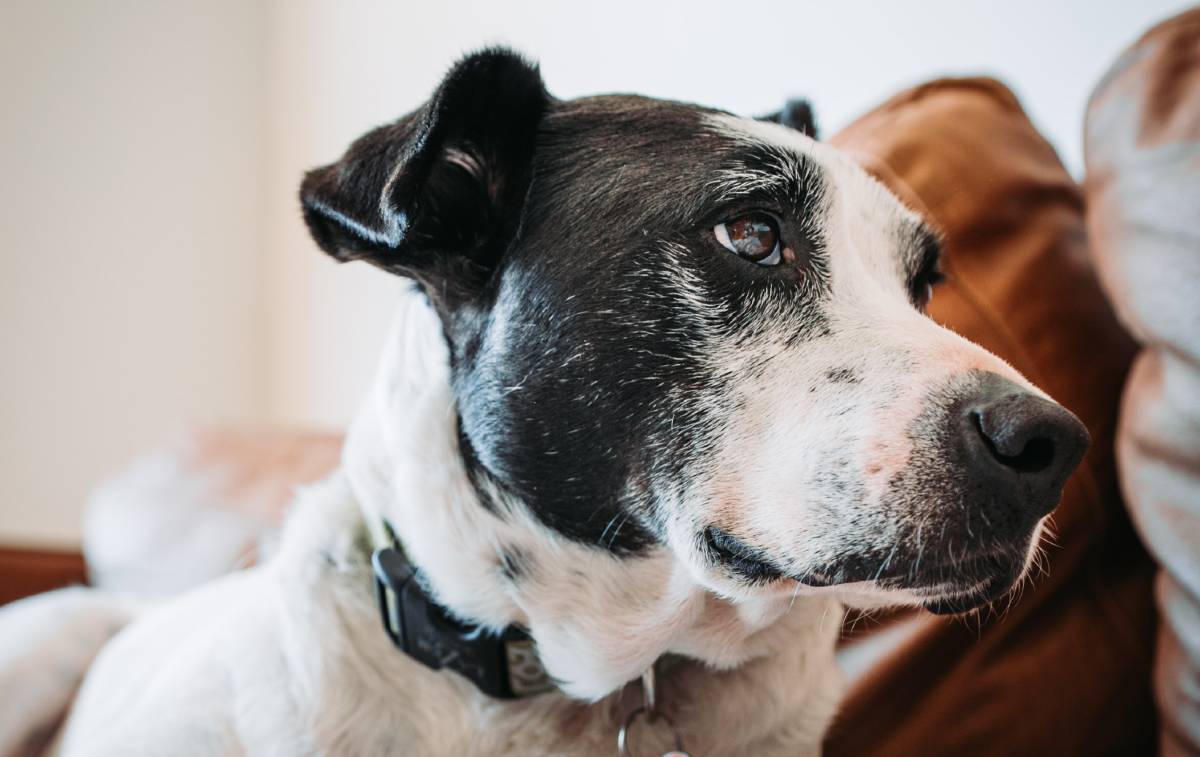
What is Cognitive Dysfunction?
CDS, sometimes used interchangeably with sundowners or doggie dementia, is described as a progressive neurological disorder of senior dogs. The gradual decline in brain function affects learning, memory, perception, and awareness.
It’s not unlike what humans with dementia go through– forgetfulness, disorientation, and confusion.
That’s the textbook definition of the disorder, but let’s get into what the “decline in cognitive function” actually looks like and how you can help your senior dog thrive.
The Signs of CDS in Dogs

Behaviorists and veterinarians use the acronym DISHAA to help them determine whether a dog is showing signs of CDS, so you can take advantage of this checklist to confirm or exclude some of your senior’s behaviors.
Most CDS is missed, and what does get reported comes from pet parents’ noticing changes in their dog. So, keep these at the forefront of your mind and be observant.
You are your dog’s biggest advocate, remember that.
Disorientation
- Stares off into space or at walls
- Seemingly lost in the yard or house
- Gets “stuck” in corners or can’t seem to work out how to move around objects
- Doesn’t recognize familiar faces
Interactions
- Velcro dog, especially as night approaches
- Less interested in engaging with family or familiar faces
- More irritable, an increase in aggression
Sleep/wake cycles
- Sleeping more or less than usual
- Pacing at night and barking at ghosts
House Soiling
- More accidents in the house and less signaling to go out
- Disorientation plays a role here since they’ll go outside, forget why they’re there and what they’re there to do
Activity
- Less interested in the things they loved to do– play, walkies, car rides
Anxiety
- They may become hyper-attached to their hooman, even to the extent of separation anxiety
- They’re more fearful of new places, things, and social interactions, which can increase aggressive behaviors
Sundowning is Also Common in CDS dogs
Every day at that twilight hour of late afternoon and early evening, a CDS dog may become more agitated and confused– rapid-fire barking and trotting back and forth for most of the evening till they wear out for the night. The feelings and, to an extent, the behaviors play out similarly for some Alzheimer’s patients.
It can be tough to definitively say that a dog lying awake at night is CDS and not because they have arthritis, for instance. Both would make any dog too uncomfortable to settle. And chronic pain could also make for an anxious dog. A dog with failing eyesight might not do as well navigating their environment or recognizing the two-leggers in it.
But that just means you have to be more conscious, practice awareness because a dog will generally show two or more signs of CDS. And official confirmation or not, the best thing you can do is be proactive and follow the steps we’ll lay out.
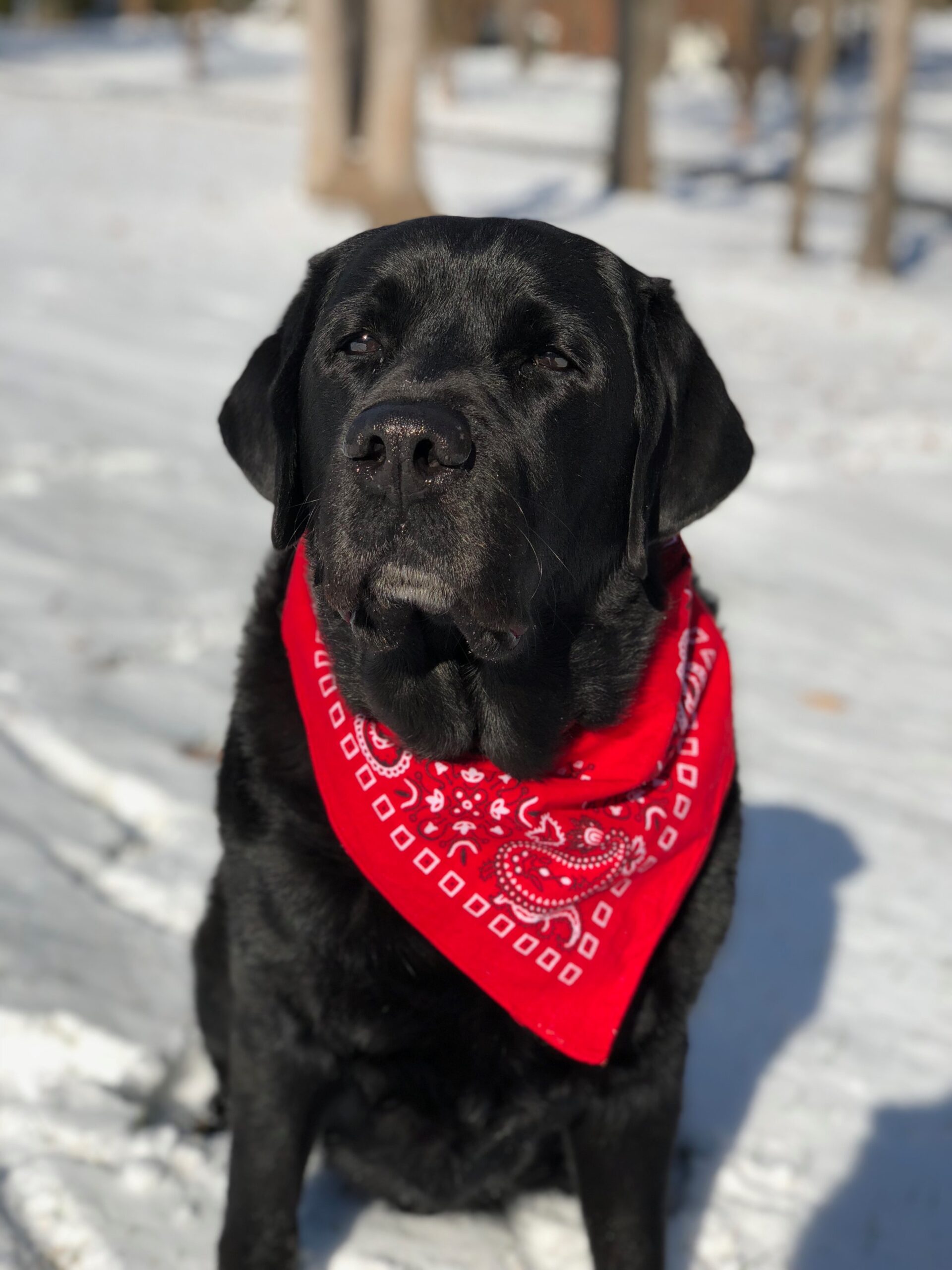
Why It Happens
Aging & Its Effects on the Brain
Aging changes the brain. The decline in cognitive function can be credited partly to changes to the brain’s neurochemicals and the decrease of endogenous antioxidant production.
Antioxidant is a buzzword for a reason. Antioxidants are little compounds produced in our bodies and found in foods that protect our cells against oxidative stress.
Oxidation itself is actually a reaction that occurs as a result of normal metabolic processes in the body. The problem is it also releases byproducts called free radicals. Free radicals roam around the body, robbing electrons from stable molecules. This is what leads to cell damage, known as oxidative stress.
When a dog is young, these free radicals would be removed since their endogenous antioxidant production is highest. With age, though, production in the body declines, leaving free radical numbers free to rise– unless you add more dietary antioxidants.
No matter the species, our brains are extremely vulnerable to oxidative stress and the toxic effects of free radicals since they are highly oxygenated, iron-lipid-rich environments.
No matter the species, our brains are extremely vulnerable to oxidative stress and the toxic effects of free radicals since they are highly oxygenated, iron-lipid-rich environments.
So, dogs and humans alike are more predisposed to cognitive decline if there’s chronic oxidative stress (e.g., those free radicals), a deficiency of the Omega 3 DHA, and chronic inflammation.
While the depletion of endogenous antioxidants plays the biggest role in cognitive decline, there are other accomplices. A common contributor of excess oxidative stress AND chronic inflammation? Carb-laden kibble, which is not only pro-inflammatory but lacks anti-oxidants, too.
Aging & Anxiety
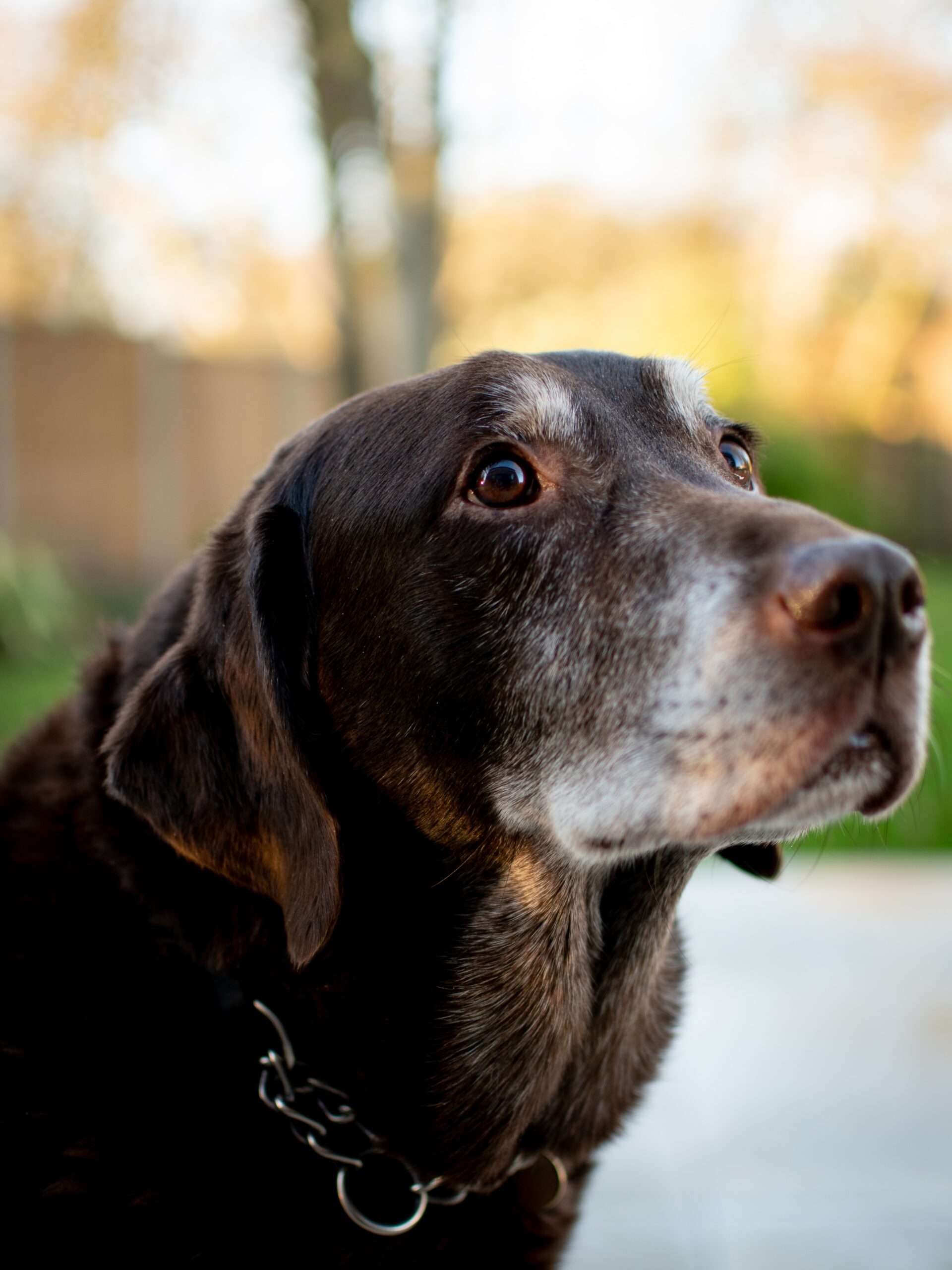
Older animals also have elevated serotonin levels. While serotonin is generally thought of as a mood regulator in a positive way, too high of levels are shown to induce anxiety.
For a dementia dog struggling with confusion and restlessness, it’s really no surprise that these chemical changes would fuel more feelings of worry, stress, and anxiety.
Fear about new places, faces, and situations frustrates them to the point of aggression because everyday interactions are overwhelming for them now. And all of the confusion of not knowing where they are or what they’re doing leaves them absolutely frazzled.
It can be increasingly frustrating to witness. If that anxiety starts to overwhelm their day-to-day, calming herbs can help ease the anxiety of white-whiskered dogs, especially when paired with targeted antioxidants and nutraceuticals that nourish the brain.
How to Feed Their Mind
From puppy to senior, there are two big things you can do to nourish your dog’s brain. The first is the food that goes in the bowl.
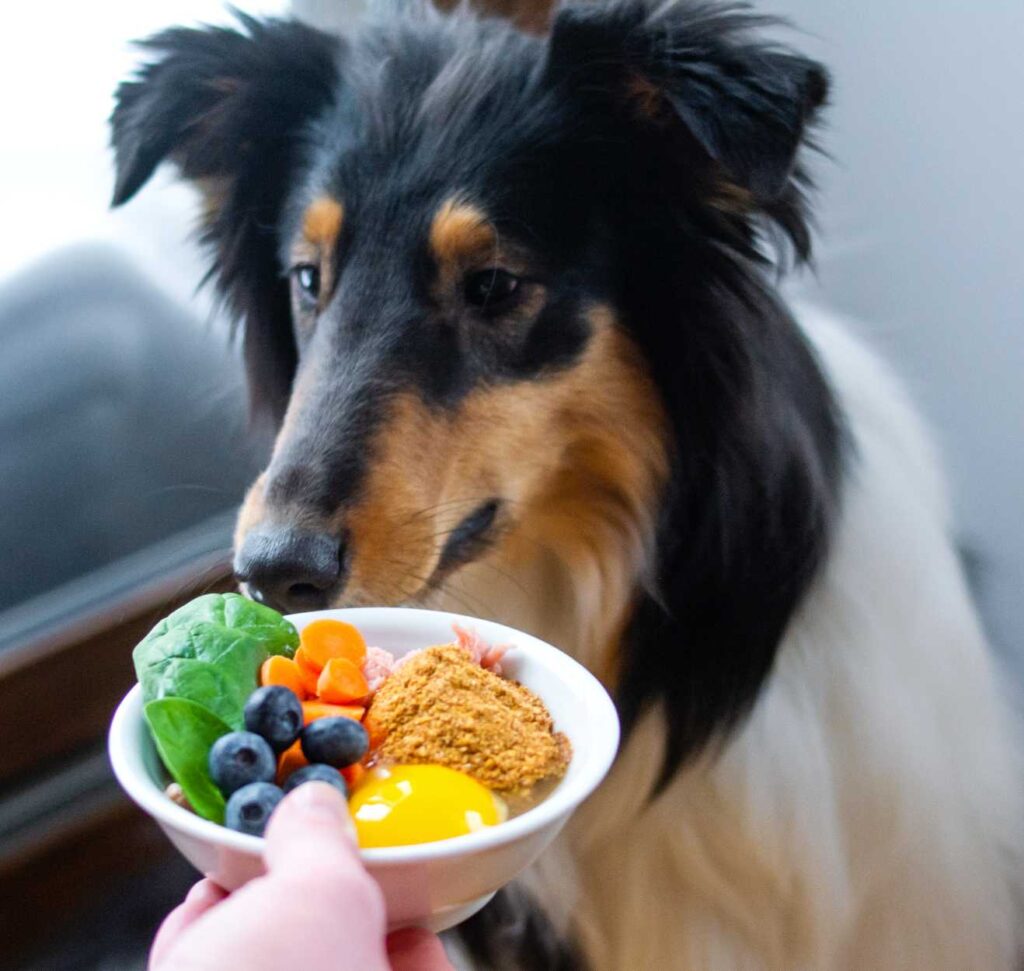
Step #1 Start with the Right Diet for Your Scavenger Carnivore
- It should be made up of real, whole foods, high in meat proteins, low-carb, and have the correct ratio of Omega 3 to Omega 6 fatty acids – 1:1, ideally.
- Look for a recipe with real ingredients that you recognize and a short ingredient list at that.
- The recipe should include 70-80% animal protein with skeletal meats and organs.
- Low-carb, with 25% or fewer carbs from nutrient-rich fruits, veggies, and seeds.
Consider this a pre-req before you even begin curating the bowl for your senior dog.
If you’re hesitant to switch from a “tried & true” diet your dog’s been on for years, know that doing so will nourish their body and mind. Consider The Simple Food Project for a safe, freeze-dried raw option. The warming formula developed by Dr. Bessent encourages the body to generate and maintain warmth– perfect for seniors.

Step #2 Nutraceuticals for the Brain
We know the risk factors for cognitive decline, and we know which nutrients reduce those risk factors– antioxidants, DHA, and a handful of other nutraceuticals that nourish the brain.
ALA & L-carnitine
nutrients that work as both powerful antioxidants and mitochondrial (the powerhouse of the cell) function enhancers.
Ginkgo Biloba
an herb that’s able to inhibit an enzyme system that allows an uptick in dopamine levels (i.e., the “happy” transmitters). And it has antioxidant properties, talking to you free radicals.
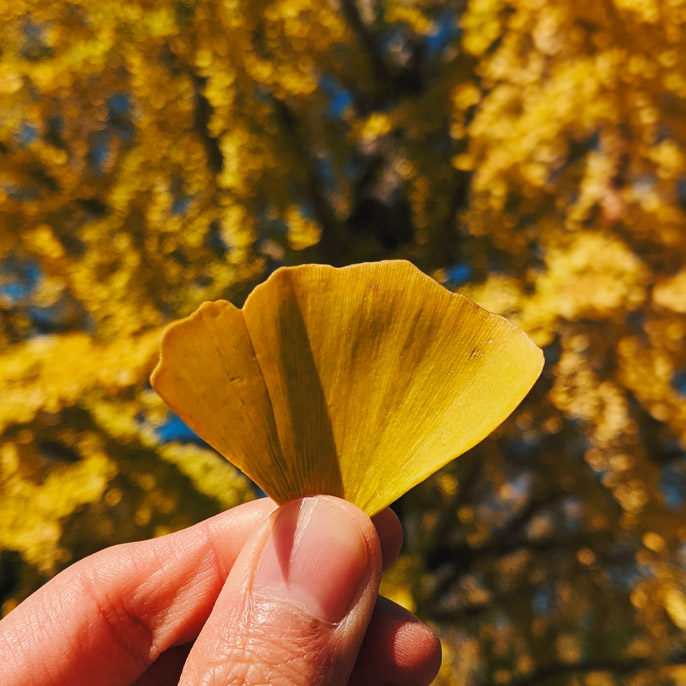
BCAAs
branched-chain amino acids compete with tryptophan, a chemical that increases serotonin levels of the brain (the neurotransmitter that affects movement, memory, and mood). This competition for entry decreases those elevated serotonin levels to increase cognitive function.
DHA
EPA and DHA are among the few dietary nutrients actually found in the brain because the lipid-packed brain uses these fatty acids as a building block– literally. DHA builds the structure and function of the cell membranes in the brain, including memory and learning. Because of those skill sets and their role as neuroprotective, DHA may also be one key component to decelerating brain aging.
We can do so much to feed the mind starting with brain food shown to protect and support cognitive function.
Research has shown us that when we nourish the brain with nutraceuticals like these, we may even help slow cognitive dysfunction in dogs. It’s just about starting now. Like today, now.
Exercise their Brain
The second thing you need to do to nourish your senior’s noggin is exercising. No matter their age, continued education offers invaluable enrichment for your dog’s mental, emotional, and physical health.
Keep your senior engaged and involved with a variety of play that offers different forms of mental stimulation.
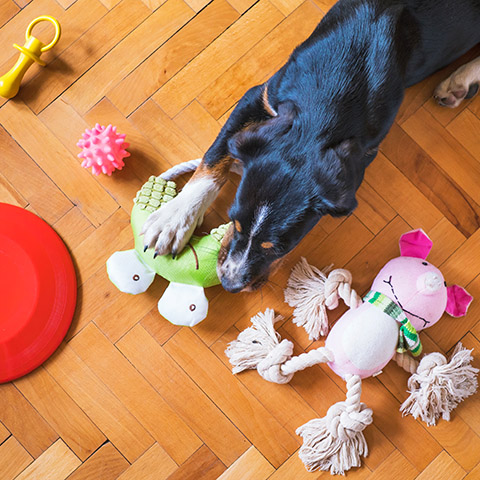
Puzzle Toys
Interactive brain teasers get their gears grinding and sharpen their problem-solving skills. These could include the hide and seek toys and even the simple stuff toys– your kong and peanut butter.
Light Tug
You reignite their natural drive to chase, grab, and play, plus it’s bonding time for the both of you. Be gentle, though!
Snuffle Mats & Sensory Walks
Activate sniffer. These mats are great for foraging and your pup’s olfactory senses. Sensory walks are simply about charting a new path. Take a different route on your next walk, take your time, let your dog lead, and stop to smell the roses, lavender, pine, or whatever flush foliage you have near you.
Most importantly, spend time with your dog. Keeping them involved and engaged doesn’t have to involve a fancy interactive doodad. It could simply be rolling in the flowers, sniffing the fields, or having a long conversation about the shapes of the clouds. Inside, outside, whatever they prefer, just keep the experiences novel and enjoy your time together.
Take Charge & Be Proactive
Studies show the prevalence and severity of CDS in dogs increase with age, and the most effective intervention happens before CDS becomes severe. So, you have to be proactive.
Lily, a long-haired dachshund, at 8 months, 2 years, 7 years, and 15 years. Photographed by Amanda Jones.
You want to proactively nourish their brain, starting around the last third of their lives. For those extra-large breeds like Great Danes, that may be around 5 or 6 years old, whereas teacup breeds of the world may be in their teens since they tend to have a longer lifespan.
Don’t by any means dismiss your senior pup that already has CDS. Instead, this should act as a motivator to start today.
Most importantly, you are your dog’s biggest advocate. You can have such a big impact on your pet and their well-being; you just have to curate that bowl with nutraceuticals, targeted antioxidants and exercise their brain to nourish their minds now.
If you have questions or comments, don’t hesitate to reach out or drop a line in the comments below.
We’re here to lend a helping paw, and that includes personalized recommendations for your four-legger.
Share this Post
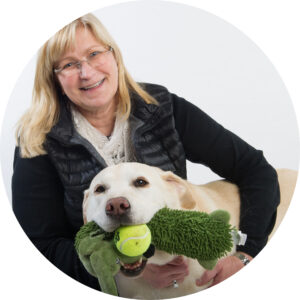
Dr. Chris Besent
Chris Bessent, DVM, MSOM, Dipl. OM, L.Ac. has over thirty years of experience in veterinary medicine including certificates in veterinary acupuncture, veterinary chiropractic and veterinary Chinese herbology. Imbued with Eastern philosophy and the knowledge that food is the foundation of health, Dr. Bessent also received her degree in veterinary nutrition and began to formulate recipes fit for a carnivore from nothing but whole foods. Currently, she divides her time between the Simple Food Project and Herbsmith, both of which are owned and operated out of her facilities in southeastern Wisconsin.

Kayla Behling - Writer
Kayla is the Content Editor for Herbsmith. She has a cat named Professor Cat-Faced Meowmers, who goes by Kitty, and a goof of a dog, named Duck. She stays busy biking trails, playing board games, and searching for the next best craft beer.
